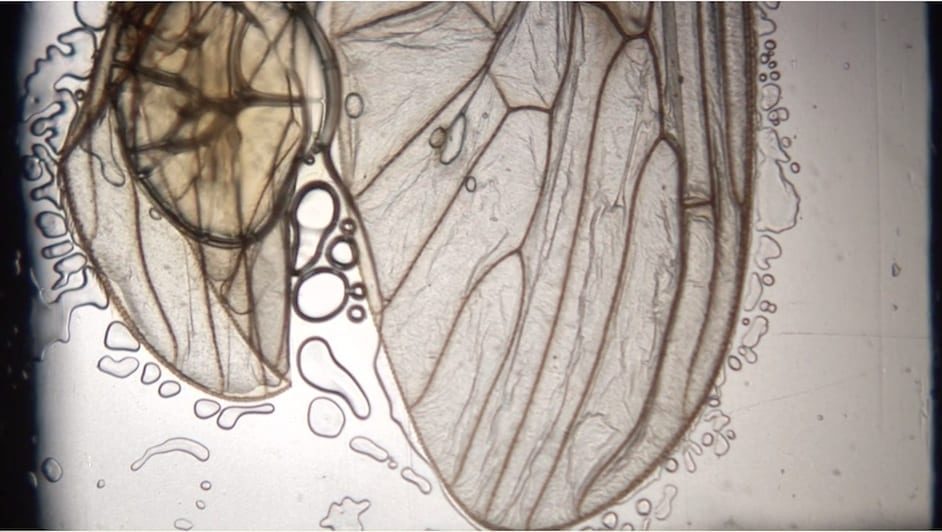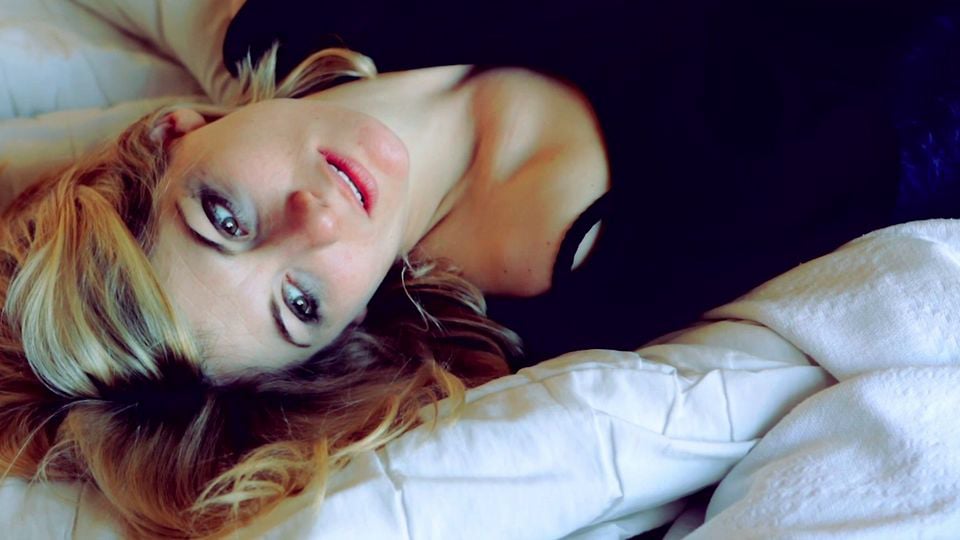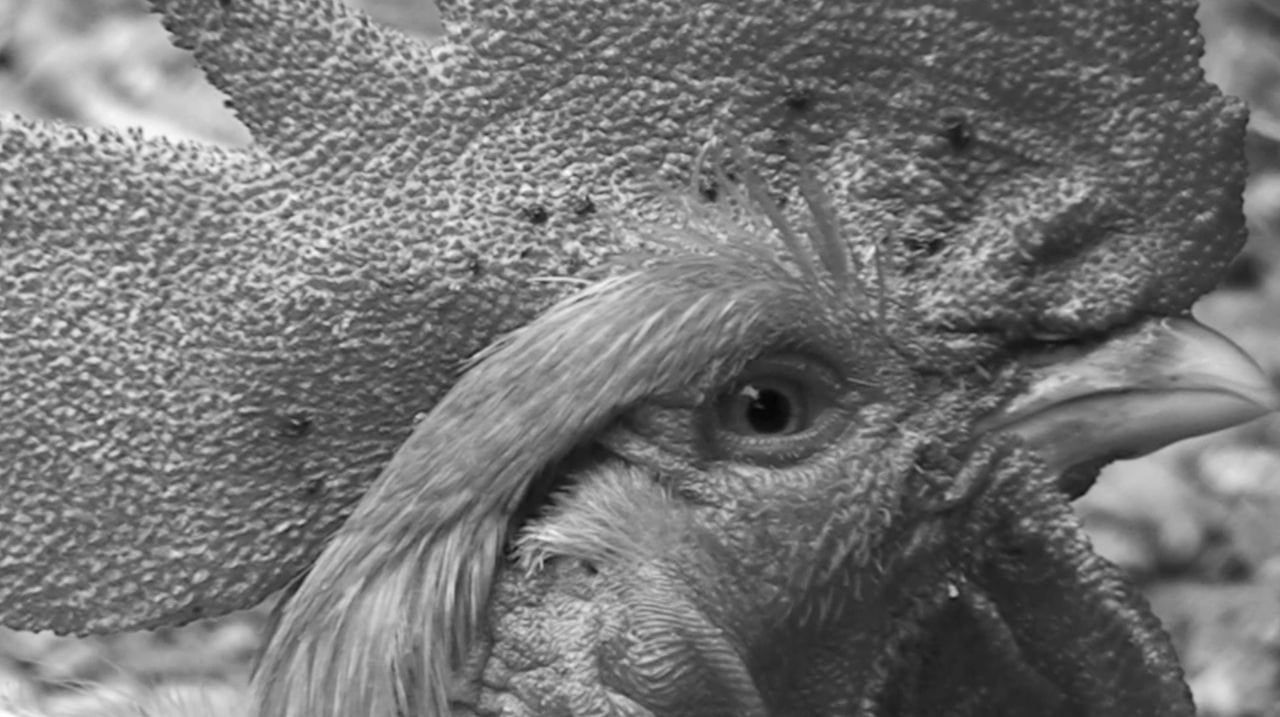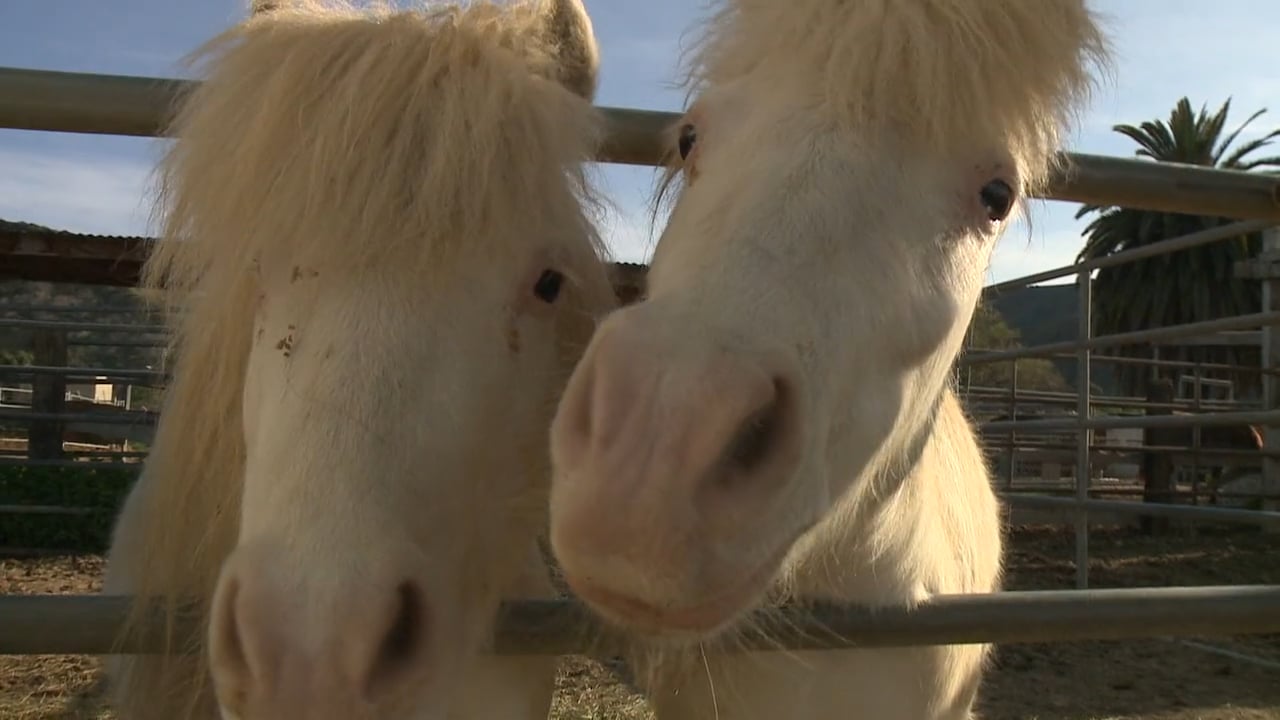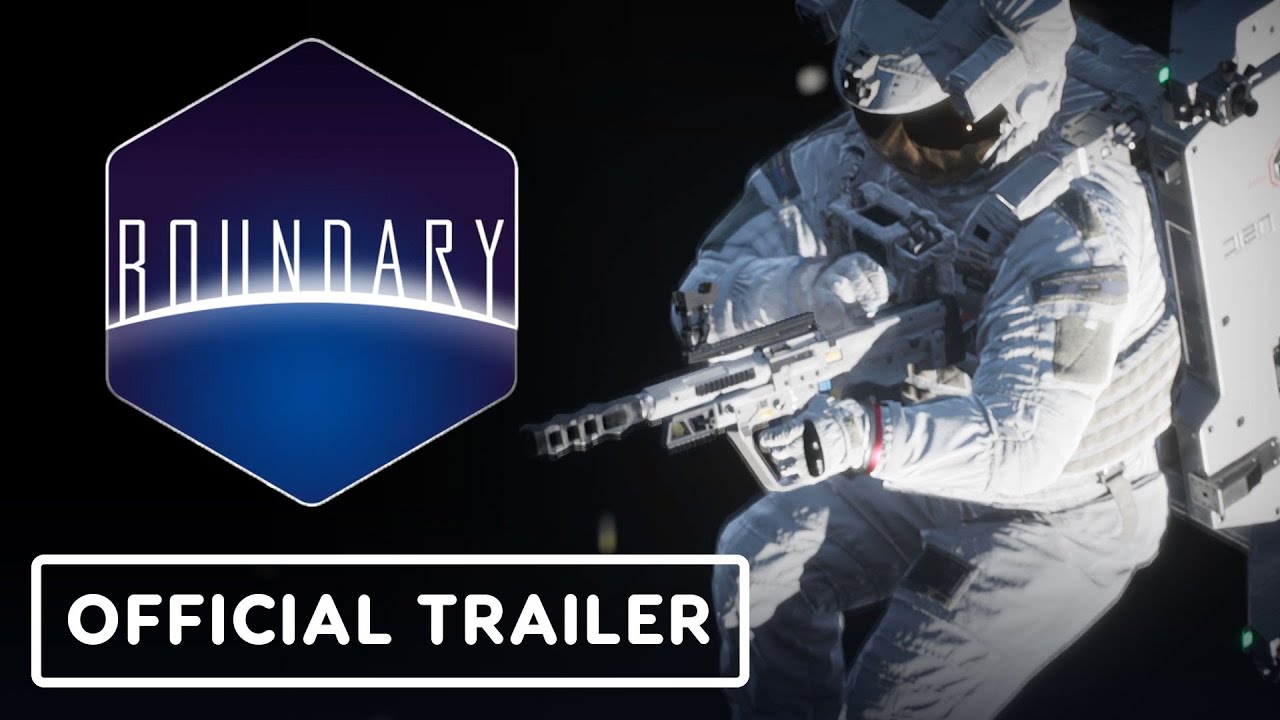A brief potted history on how your audio visual work evolved please. What came first – your love of audio effects or your film work or was it a simultaneous development?
I’ve always loved photography and I began to experiment with moving image works after discovering some old 8mm film equipment – it seemed a natural evolution as it still centered upon my fascination with getting rolls developed, the general excitement of waiting to see if anything was exposed nicely. After some time I began to edit these films into short films.
I was experimenting a lot with the time-lapse function of the old cameras so the short films I was producing were a lot more experimental in nature. The films were all silent due to the film stock and so I began crafting my own soundtracks. At first I used simple music tracks but I began to play around with my own captured sound bites, at the time from a minidisk player/recorder.
To be honest I still work in this way – pairing everyday moments with my own imagined soundtracks. I began to realise that by using abstract sounds I could create more textural short film works and accentuate the poetry in seemingly banal objects and moments.
Some of your work involves nature with an undercurrent destructive element – Time and Celluloid Warfare, for example, are mix of beauty and sabotage. What is your thinking behind these themes?
Interesting question! I’m still trying to understand what draws me to destroy in order to create. There is something very human I think about these works. They interest me because they perhaps also reflect on me as a human – to have the power to destroy.
I’ve always been very aware in an artistic sense of the role of the creator. Although these works could perhaps seem to have no relation to me as the artist I see them in a completely different sense, perhaps more geared towards performance-based pieces. Take Celluloid Warfare for example, the creation of this work is a documentation of destruction, I physically destroy the celluloid and what we see is simply a recording of this action. The same can be said of the Time piece. Destruction can create a very interesting textural quality and at the same time we can relate to it as humans – the desire to destroy something beautiful, to act upon an urge. This notion is beginning to play heavily on my current work. It also is really fun to create sounds that can exemplify these small-scale destructions.
What makes you look at the world in a microscopic way?
I’ve always had a keen interest in the microscopic, perhaps coming from my early interests in biology. I often think that if I didn’t pursue the arts I would have been drawn to micro biology. It’s also simply because I still get amazed with how much detail we miss in everyday life, from the alien look of insects to single celled organisms – a whole universe to be discovered.
Could you tell us please about your creative process – do you develop your ideas through sketches and notes or do your ideas evolve through experimenting directly with film and sound? Do you have a clear idea of what you want to achieve before you begin?
I usually have a clear imagination of what I want to achieve with my film work, but I should also say that I have a series of revolving interests which I continue to develop and come back to. I have a number of ‘series’ so I often come back to a specific project because I feel that there is still something I couldn’t quite express.
More often than not after finishing a short work I will realise that there is a whole new angle I could take, especially so when working with these relationships to sound and vision. Although I said I have a clear imagination to begin with it’s often the case that I can’t accomplish the work I had initially in mind, so this also keeps giving me ideas, to really visualize an idea can be an epic journey.
Ok we have to ask: is it CGI or is your film work all hand-crafted dedication? If it’s not manipulated by software, how do you create the exquisite detail?
Well, I never use animation software, I’m very interested in what I like to call analog motion graphics so for example in the work F O R M A T I O N (which seems to be animated digitally) I used very simple techniques, everyday materials like oils and water, sparklers, plasma balls, laser pointers and a whole host of other things are filmed and combined in layers to create a much more dynamic image.
The most technical aspect of these works is simply a mask effect in the editing software. So technically there is no CGI used, just digital smoke and mirrors. I really love how by using everyday materials it’s possible to create a whole new experimental universe. I find there is a real connection to nature working in this way, very simple structures appear to be very complex by repetition, something large from many small things.
Do you have favourite pieces of kit that you like to work with and do you ever manipulate your equipment to achieve certain effects?
I have to laugh sometimes because I’m often asked what equipment I’m using and when I say that it’s very basic and fairly cheap I get some fun looks. I’ve always been interested to really push the limits of the most simplistic equipment. I like to say that I create my video pieces with cellotape and glue, which to be honest is sometimes the case!
One of the main reasons why I love to work with super8 and celluloid formats is because of how you can manipulate and experiment with it physically. You can grab a screw driver and open up the camera or projector, trying new things just for the fun of it.
I think my favorite piece of equipment has to be an old 8mm camera which I converted so I could manually pull the film through, it turned into this mutant of a camera which actually used the quill of a porcupine to advance the film manually (you can see some photos of this on my Tumblr page). Besides this I would say my favourite piece of equipment is my sound recorder, which again is old and not so special but I use it heavily!
Whereabouts are you based – are you surrounded by urban or landscape and how does this influence your work? This work must take you forever to create? Do you collaborate with other artists, perhaps musicians or other film makers?
Right now I’m based up in Scotland, almost in the mountains which is very inspiring for me. It’s really nice to have the space and peace to create new works. Nature is a big focus of my work and this is probably the reason why! I move around a lot though and like to travel to cities and places throughout Europe. I try to undertake as many arts residencies as I can which also heavily influences my work. The biggest drawback is that I’m usually working alone so I try to collaborate when I can, it’s always nice to work with other artists. Most of my collaborations are with musicians.
Who are your biggest influences?
I’m influenced by so many things! I’m a big film fanatic and absolutely love cinema, both big screen Hollywood features and more obscure art film (both modern and from history). I’m also very inspired by a number of other video artists and sound designers. I’ve always been a big fan of more experimental celluloid focused artists like Jennifer Reeves, Jem Cohen, Martha Colburn, Thorsten Fleisch, Jurgen Reble and many many more! The internet plays a huge role in my work and everyday I discover new video artists from around the world, I’m constantly blown away by works being produced that never get the recognition the deserve.
Love your animation for Stolen Horse. What gave you the idea?
I love to create and experiment with different techniques and I have always been inspired by the works of Eadweard Muybridge but I always felt a little frustration that his experiments were so confined in space; the beauty and discovery of movement but so isolated in a scientific sense. I simply wanted to create a little freedom for one of his subjects!
I’m fascinated by the simplicity of loops and have always been interested in walk cycles etc so this animation was just a little fun project for me, to set the horse free to roam the world! It also gave me the chance to make a music video.
You’re an audio visual artist, how far commercially are you prepared to go with your career?
Well, it’s always been a tricky one! Working with video and sound enables me to do a lot, both in an artistic and commercial sense and often I juggle the two. It’s very hard to make a living from video arts so the commercial aspect is very important and I often work in a more commercial sense, either simply editing or being a cameraman or sound designer (which is the most fun for me).
The biggest problem is that I create my video art purely for myself, it’s a real joy and passion so when I work in a commercial sense I have to try and switch brains, I have to give up a lot of the control. To do something you love for yourself is one thing, but to do it for someone else for money is a completely different beast. I love to work on music videos but the biggest problem for me is that their vision is too hard to match, the dream jobs are when I’m given full creative control, which unfortunately is very rare.
What are you currently work on?
I’m currently working on some new video/sound projects. A lot of my time is also spent looking for opportunities and sending my work off to festivals which means a lot of paperwork and selling myself, the sad reality of a digital video artist 🙂
LINKS:
